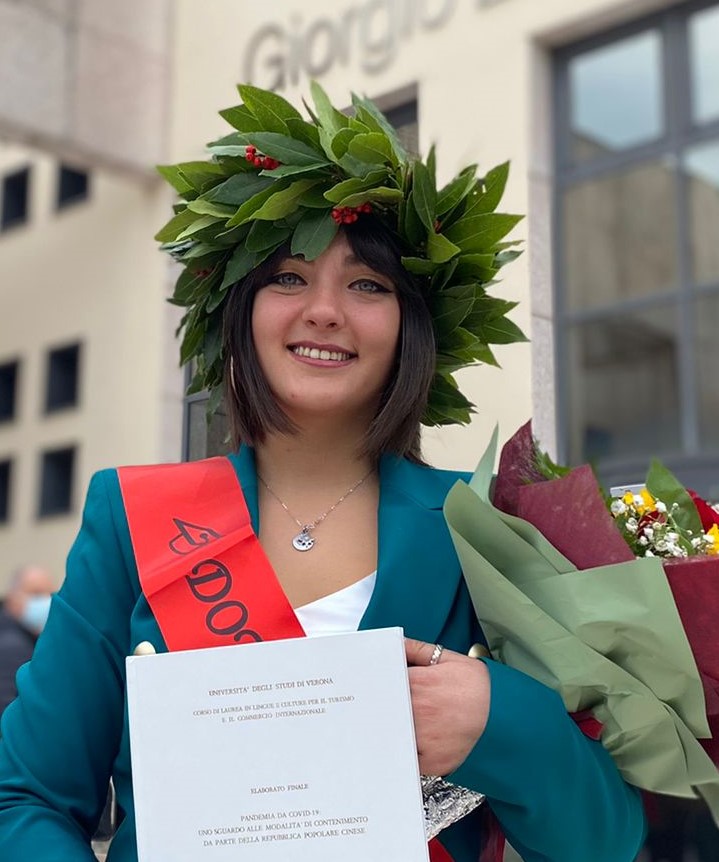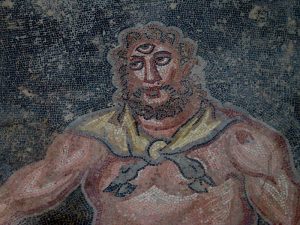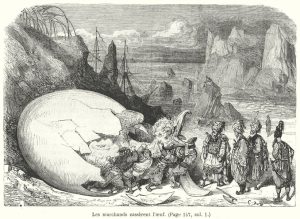THE SUBJECTIVE ASPECT OF TIME.
4 min read
Time is part of human beings since ever, conditioning our existence. But are we sure that it flows the same way for everyone?
In the decades between the 19th and the 18th century, man started questioning himself and all those convictions that in the previous centuries were irrefutable dogmas. While the world was developing science and techniques, daily life was becoming more and more complex, making men more involved and conscious of the aspects of mind, thanks above all to the birth of psychoanalysis.
One of the areas which this conception underwent enormous upheavals was Time. The idea that man had of the Time had always been objective, chronological, subject to the tyranny or clocks. Past, present and future were three separated areas, in linear sequences. And that was until the French philosopher Henri Bergson changed everything. In his Essay on Immediate Data of Consciousness (1889), Bergson divides the concept of Time in two meanings: homogeneous time and shorter duration, respectively objective time, scientifically measurable, and perceived time, far from every method of measuring. Contrasting in this way positive trends of the time, Bergson adds to the scientific world that element that, since ever, has been seen as its opposite: subjectivity.
The inner duration is nothing more than the way our mind perceives the flowing of time, a perception not subjected to physics laws but to states of mind and the emotional sphere of ourselves. An unpleasant situation, discomfort or boring (an exam, an interview, a car trip) seems to be endless, as negative state of mind come into play by dilating temporal perception. On the contrary, in situations of happiness, euphoria or serenity, time seems to fly. Slowing as sand within fingers, and one hour is like five minutes.
Emblematic is the example of the sugar cube that melts in a glass of water: science will calculate the exact time taken by the cube to melt, that will be the same for every cube in ever glass; conscious time, instead, will make people feel the duration in different ways based on the state of mind of the observer, if he is, indeed, in a situation of peace or sufferance.
Bergson thought opened new possibilities to the world of arts, inspiring writers, painters, and directors in their trying to give shape to the subjectivity of the Time. Among the most famous examples, there is, out of doubt, the colossal autobiographical work of Marcel Proust, In Search of Lost Time (1913-1917), where memories dilate as to absorb the narrative present, dipping the reader in a past dimension full of details, perceptions, and feelings. He wrote “One hour, it is not just one hour, it is a vase filled with perfumes, sounds, projects, weather.” It is like concentric circles in the water, and Proust memories are gradually emerged, lost time is recovered page by page, rebuilding what is the longest novel in the world, still today. How could not it be, after all, a novel about Time, memory, and human experience?
The first years of ‘900 were a period of discoveries and experimentations, where Science and Arts influenced each other. Let’s think about Albert Einstein’s Relativity Theory that influenced methods of literary, artistic, and cinematographic expressions. In other words, Einstein stated that the rapidity of the observer was that to influence the perception of the flowing of Time, and so the temporal dimension wouldn’t be objective, as instead stated Newtonian physics. What consequences had this discovery on the arts? The consciousness of multiple and different points of view from subject to subject, that brought to a detachment from traditional conventions that looked at the figured reality only from one point o view.
In the literary world, particularly, the recognition of such spatiotemporal subjectivity brought to the development of literary techniques as flashbacks, narrative fragmentation, stream of consciousness, simultaneity or the unreliable narrator, that is those techniques that alter traditional narrative structures characterized by linear description and objective of events. As we already said, reality and human thought of fin du siècle were more complex day by day, and literature tried to follow and reflect those changes. For this reason, writers such as Virginia Woolf and James Joyce, went beyond the limit of experimentation, leaving an indelible mark in the literature of the next years. With her Mrs. Dalloway (1925), Virginia Woolf managed to give shape to the concept of simultaneity. Through the alternation of inner monologues and omniscient narration, the reader goes inside and outside the mind of characters, private sphere and public one. External elements as the Big Ben stroke are perceived from character at the same time, but in different ways, evoking memories or impressions that dilate for pages, while the effective duration of the stroke is just a few seconds. With this narrative contrast between external time and mindful time, Woolf gave the perfect representation of what Bergson meant for homogeneous time and interior duration.
Time is a charming dimension, and even though man is surrounded and immerged in it since ever, still struggles to fully understand the mysteries that characterized it. However, in front of obscurity of such uncontrollable and intangible element, we have by our side Science to explore enigma and the Art to try to represent them, trying to, through books, films, paintings, to stop for a short time the unstoppable flowing of time.

Dottoressa triennale in Lingue per il Commercio. Ciò che più mi appassiona è lo studio di culture diverse dalla mia, nella consapevolezza che ciò possa portare ad una crescita personale. Sono convinta che tutte le arti e le singole culture debbano essere esaltate e valorizzate nella giusta misura







